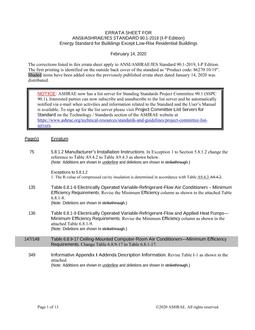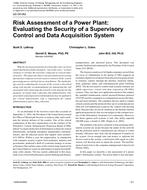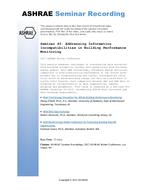To ensure satisfactory indoor environment quality (IEQ) and energy efficient ventilation, heat recovery ventilators (HRVs) are widely employed in cold climates. In these climates, frosting is a significant challenge when applying HRV. It results in two major problems: reduction of heat and mass transfer and increased pressure drop. Existing frost-free solutions are auxiliary defrosting equipment and complicated control strategies which generally consume extra energy or reduce thermal comfort. Due to the low outdoor air moisture content at low temperatures mechanical ventilation also tends to reduce the indoor RH below recommended IEQ values.
Membrane type ERV has been appointed as the promising equipment in hot and wet climates. Membrane type ERV experiences are rarely described for cold climates in literature. This study proposes a theoretical calculation model for the frost formation limits in membrane type ERV based on the critical sensible effectiveness and critical latent effectiveness. This model gives sensible and latent effectiveness limits so that frost formation is avoided in membrane type ERV theoretically. Thereafter the most suited membrane can be selected for the membrane type ERV and climate so that high energy efficiency and satisfactory IEQ are ensured simultaneously.
Under a typical Oslo indoor winter condition, critical latent effectiveness and critical sensible effectiveness are evaluated. Decreasing sensible effectiveness to avoid frosting is not recommended due to the dramatic decline of energy recovery. The maximum value of critical latent effectiveness is calculated as 0.8 to fully avoid frost. Problems with too dry indoor winter air will also be reduced due to the simultaneous warming and moistening of fresh air when using membrane type ERV.
Citation: IAQ Conference: IAQ 2013: Environmental Health in Low Energy Buildings
Product Details
- Published:
- 2013
- Number of Pages:
- 8
- File Size:
- 1 file , 2.3 MB
- Product Code(s):
- D-2013IAQConf-16


